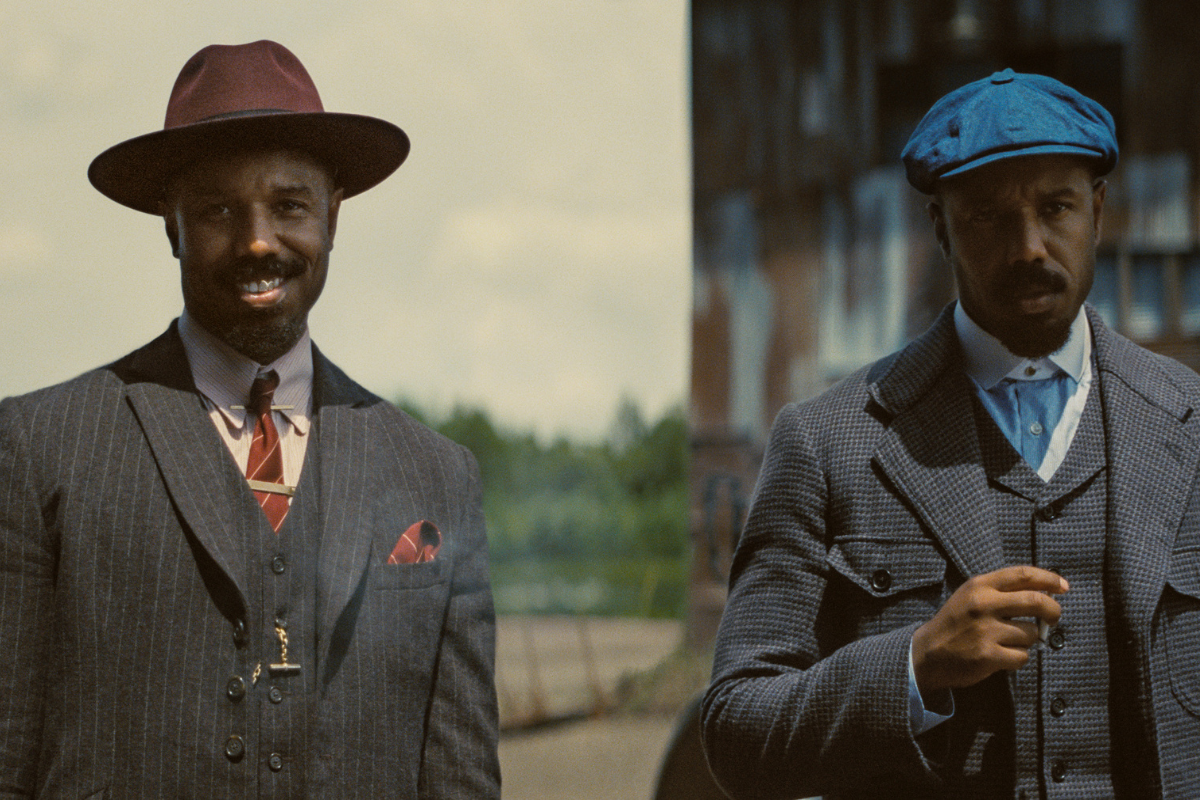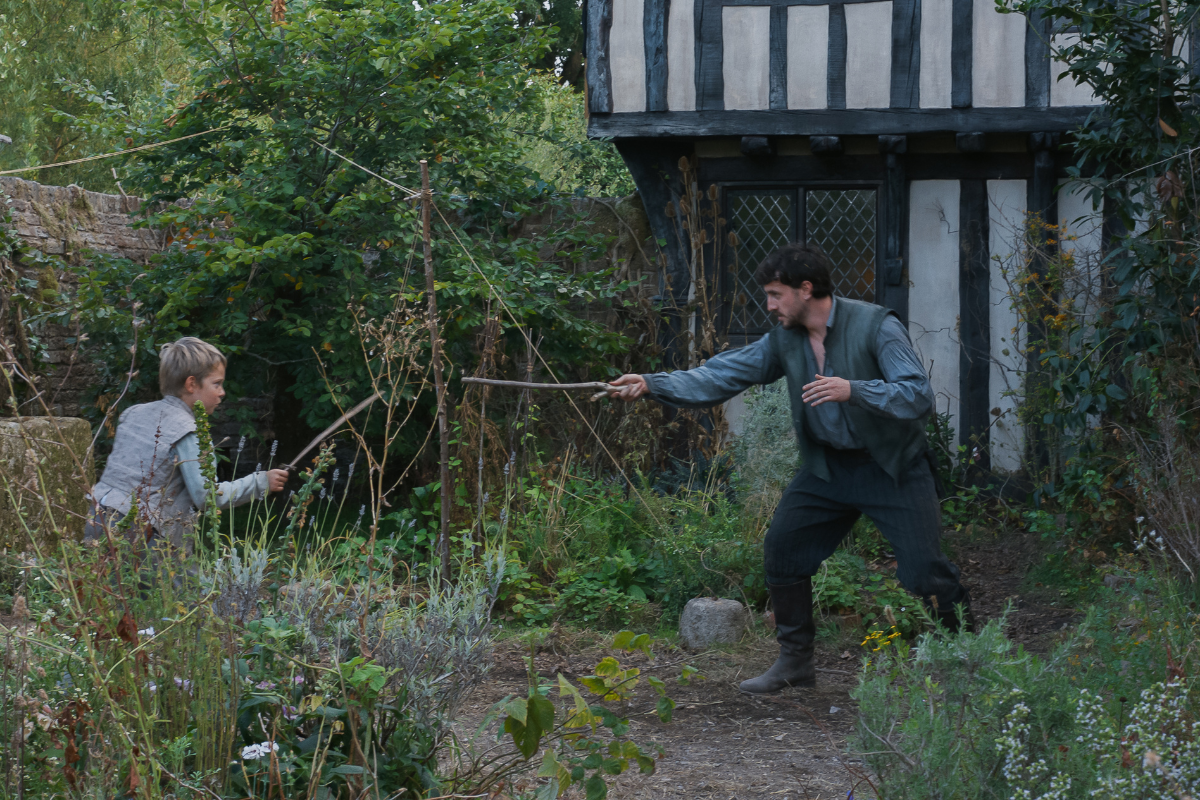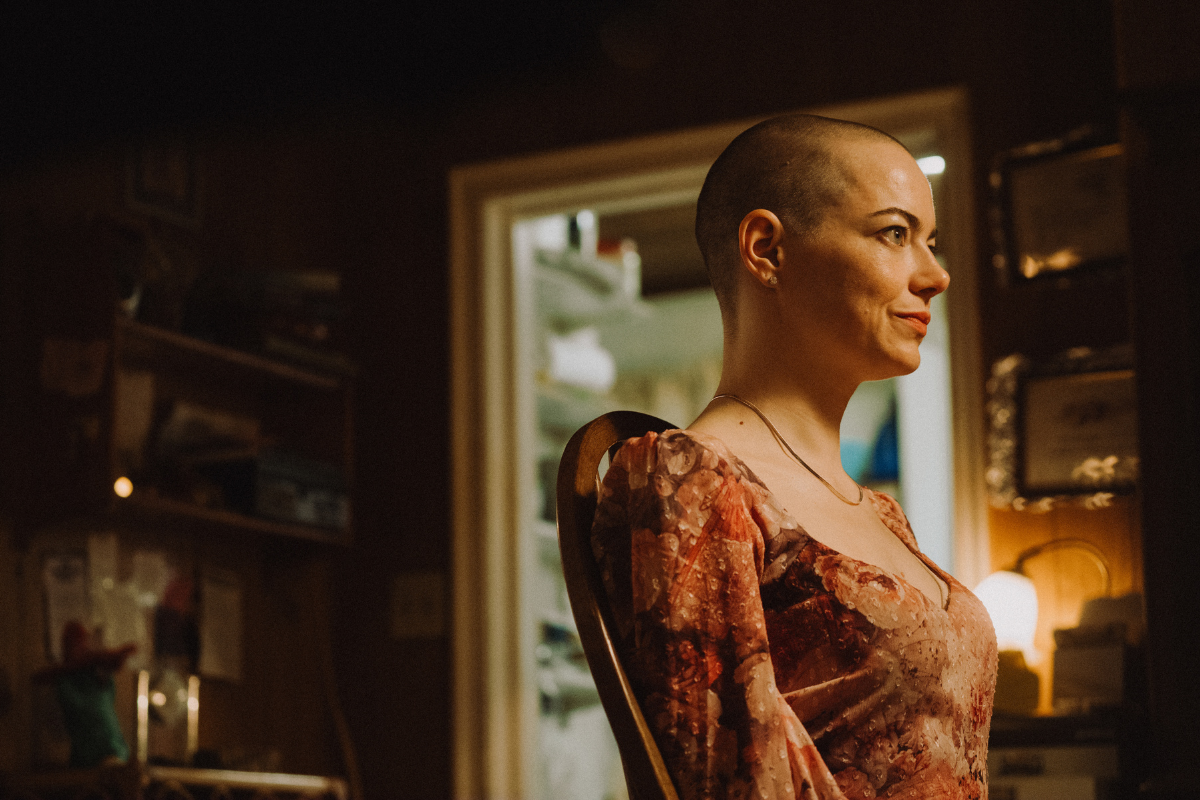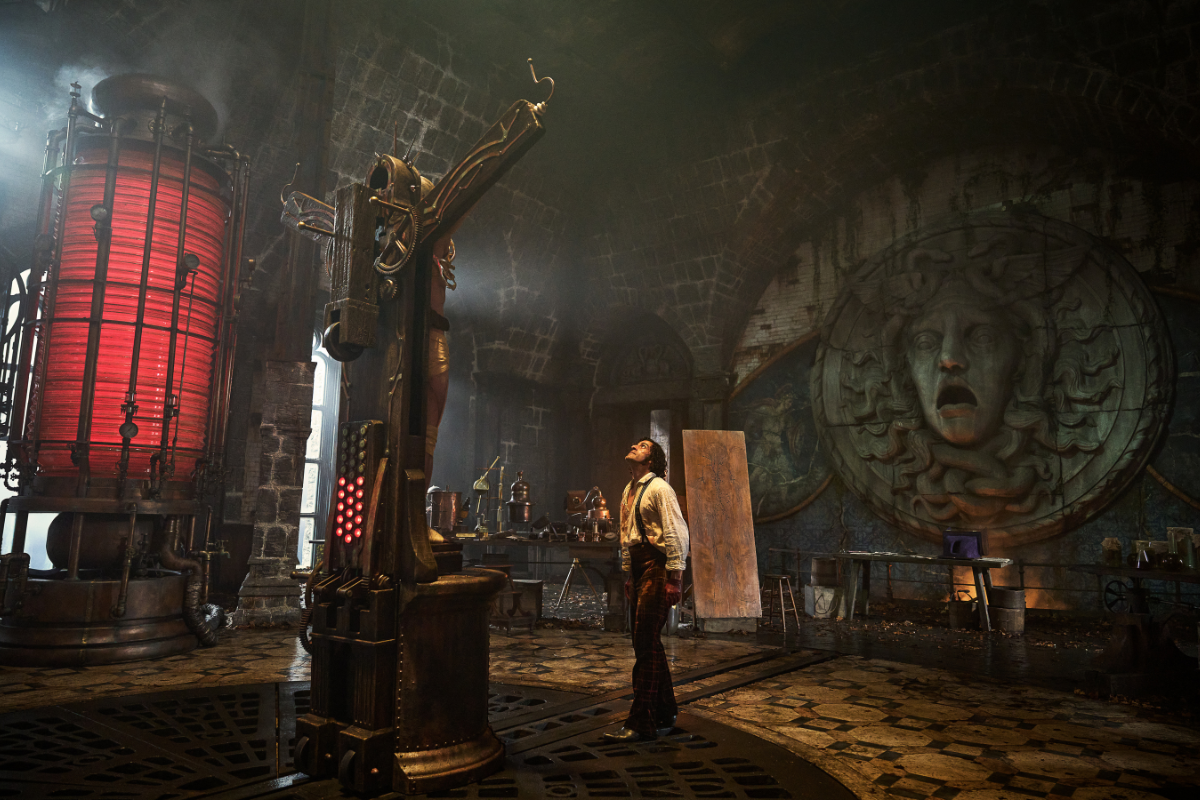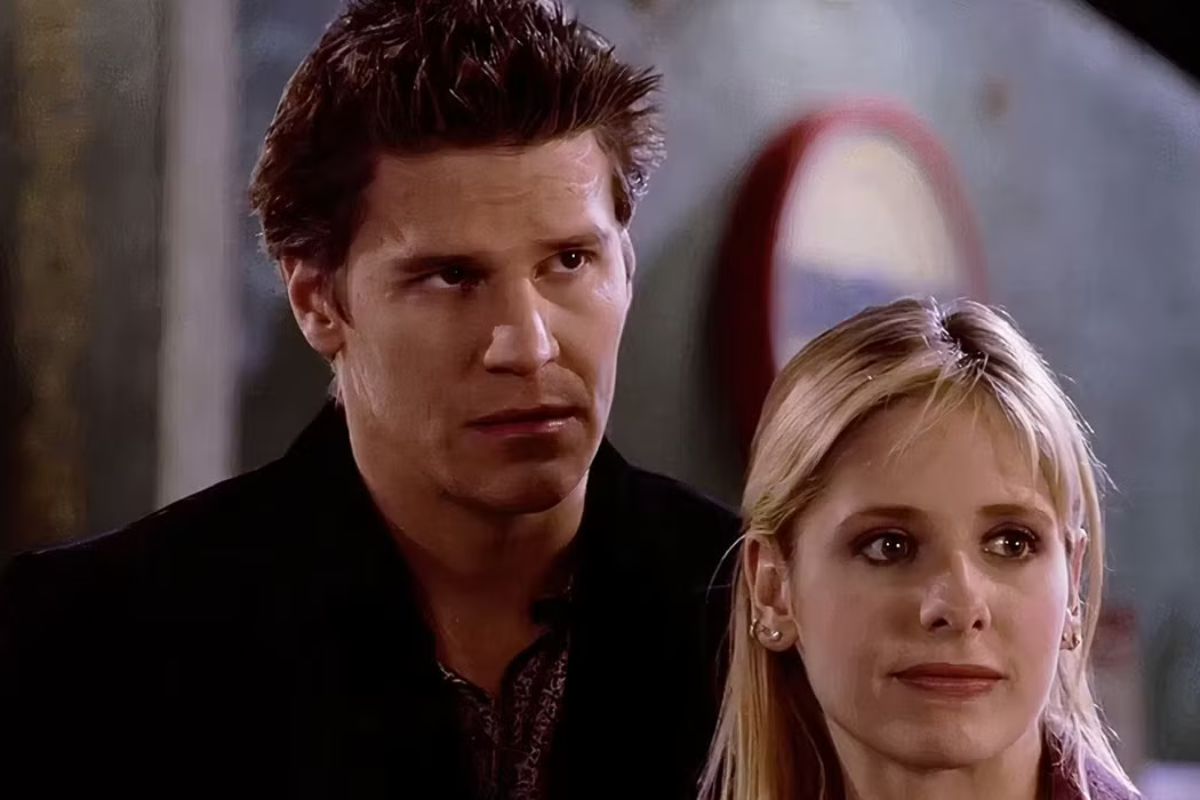Why Spec Scripts Fail: No Backstory thru Subtext, Part 1
Script analyst Stewart Farquhar explains how to convey to a reader the WHO, WHAT, WHERE, WHEN and WHY without presenting obvious details — use subtext.
Script analyst Stewart Farquhar explains how to convey to a reader the WHO, WHAT, WHERE, WHEN and WHY without presenting obvious details -- use subtext.
Welcome to the first in a series of articles where we will explore (from a Senior Analyst’s perspective) why 99.95% of spec scripts fail. Today, please travel with me as we journey together to illustrate a point. When you read to the end and of this article and complete the assignment I guarantee a payoff in your writing. We will review one solution to the assignment in PART 2.
One of numerous reasons a novice screenwriter’s script never makes it past the FIRST LEVEL script reader is verbosity. Many beginners, and a few semi-professional scribes, feel that it is important that each explicit nuance be spelled out with excruciating detail in their script. Those writers with cache who write detail in their story are given a pass if their previous work has garnered great box office. However, novice writers, who want to break in to the industry, do not receive the same latitude. Shane Black could wax poetic on butcher paper and the suits will be glad to read it.
One of the worst things that has happened to novice screenwriting is the various collection of feature film and TV scripts touted by various sites on the internet. For the most part what is available at these sites will give a sense of storytelling, both good and bad, however, not the expected format for a spec script. The majority of the product available on-line has passed through some degree of production cycle re-write and in many ways does not reflect the spec script that originally sold. There are a few exceptions.
Overwritten ‘detailitis’ in a spec script will bore the reader many times before the end of page one and most definitely by page five. A scribe MUST entice the reader to play the movie behind his or her forehead if they want their script to advance.
As a lecturer, writing coach and analyst over the last thirteen years for playwrights, screenwriters, novelists and short story writers, the reason I hear most often from writers who want to pen their tome is “I just need to make it clear to the star/producer/director/cinematographer” etc. Sorry, I’ve got some very bad news… unless it gets past the first level script reader it will never see the light of day. Engage that first reader’s imagination and you are well on your way to a “Strong Consider.” More on a “Strong Consider” in a future article.
The fact is, copious and verbose descriptions or dialogue in a script are, in most cases, of little importance or value to the final product. At least not in the extreme detail or ‘clarity’ presented in the vast majority of the scripts that cross my desk. Character backstory via obvious exposition stops a reader cold. Novels and short stories have their own set of requirements.
Now that we understand obvious exposition shouts amateur scribe, how does the writer convey to a reader the WHO, WHAT, WHERE, WHEN and WHY without presenting these obvious details.
‘WHO’: These would be the characters as they start us on their journey.
NAME, (age), and Brief Description, preferably at the left margin, and in a short unique paragraph, when within the first ten to fifteen pages of your script, should make this self evident.
This writing technique allows the reader, unfamiliar with your story and characters, to pop back and find a character if they need a description refresher. Do this with your protagonist, preferably on PAGE 1 or most definitely by PAGE 3.
‘WHAT’ we will skip for the moment and move down the list.
‘WHERE’: Or location(s) should be clear from the Slug Line, INT. and/or EXT. LOCATION – Time Of Day (TOD). NOTE: in a Spec Script there are only two times of day, DAY and NIGHT. More on Spec Script TOD in a future article… Hint: it goes to scene description. Secondary locations within a major location can be either as a separate Sub Header or Mini Slug or described as part of the scene description.
‘WHEN’: This is a mix of slug lines, title cards, if not mainly present day, and/or TOD (no TOD in space).
‘WHY’: This is the reason you sat down to write in the first place. Your passion should flow off each page and inspire the reader to TURN THE PAGE. This passion, combined with what your characters share with us as their journeys unfold, is what keeps Butts In The Seats (BITS).
THIS brings us to ‘WHAT’.
‘WHAT’: That which is unique about this main character (assuming a single protagonist) who the audience is expected to follow for ninety plus minutes.
Hal Ackerman, in chapter twelve of his book Write Screenplays That Sell: The Ackerman Way, goes into detail about character vs. writer vs. scene objective and how everything MUST come from the character’s objective.
Given this insight, how do we as writers, who have as part of our stock and trade a thesaurus full of words, convey the ‘WHAT’ of a character?
HOW ABOUT BEHAVIOR?
Behavior is a function of the character’s environment. This behavior influences dialogue. Put in another way, environment influences behavior which in turn influences dialogue. All of which can change.
OKAY. So what does this have to do with backstory via subtext?
Finally he’s approaching the point, finally! Kind of like many scripts I get.
Instead of spelling out the character’s history in verbose, pedantic and tiresome precision, how about we cut to the chase and let the character’s behavior fill in the backstory gaps as the story evolves?
Consider the ‘Tells’ that professional poker players look for when they attempt to read an opponent’s behavior. Most professional card players can control their face and eyes by training or caps and/or sunglasses. However few are able to successfully manage the manner in which they slide their chips to the pile when the cards are good to them. Research has shown that when a player takes his or her time to move the chips in, the better the hand.
It is these subtle influences that we as writers must observe around us. Our task is to create a succinct description as we embody these actions in our character’s behavior. How they react under pressure, pain, stimulation, surprise, power trip, disappointment or emotional need, etc. speaks much louder than all the words you can garner from the New Oxford Dictionary.
The Lesson: Study the following two page scene. What, if anything, does it show about the female character? How would you re-write it to illustrate more depth of her character WITHOUT changing the length of the scene?
Next time we will review this scene and an alternate depiction of the relationship between Adrienne and Stan.
INT. DISTRICT ATTORNEY'S OFFICE - DAY
Typical lawyer's office decor. Plaques on walls, files
piled on credenza.
Small conference table T-bones an expansive executive
desk.
ADRIENNE FULLER (45), Brunette with highlights and
business suit closes then tosses a legal file on her
desk.
ADRIENNE
No wiggle room. It's conviction or we
get our heads on a platter. I like mine
where it is. Thank You.
STAN LAUER (late 20's) Adonis Knock-Off, fidgets in his
seat. He thumbs to the back of a similar file.
STAN
Look at the depositions, witness
interviews. They make our case --
ADRIENNE
-- legal prowess, solid argument, and
skillful cross examination make our case.
You up to it?
STAN
Why would I not be?
Adrienne stares at him for several seconds. A hint of a
smile crosses her face.
ADRIENNE
This is already a grueling exercise.
Case could drag on for months more. Long
days, late nights. Weekend work...
STAN
I'm fully aware of --
ADRIENNE
-- it's a test of your prowess. If you
can't go the distance, satisfy the jury,
there goes the case.
She stands...
ADRIENNE
Neither of us can afford that scenario.
STAN
I think you'll find I can pace myself.
... crosses behind Stan.
ADRIENNE
I'd like to believe that.
Bends close to his ear.
ADRIENNE
We both know you have the charm. Never a
question. However, I need to know if you
have the goods.
STAN
What are you saying?
She straightens up.
Crosses back to her chair.
ADRIENNE
Have you got what it takes to put this
case to bed.
Stan stares at her.
They lock eyes.
ADRIENNE
I had an exploratory meeting with John
early this morning. I feel he's a good
fit.
She turns away.
ADRIENNE
He'll make a great co-lead counsel.
Bring him up to speed. E-mail me after
you guys compare notes.
STAN
Notes?
She turns back.
Another hint of a smile crosses her face.
ADRIENNE
John’s waiting.
Her eyes undress him as he leaves.
Related Articles:
- Meet the Reader by Ray Morton
- Ask the Expert: Sluglines Slugfest
- Articles from AKA Dr. Format Dave Trottier
Tools to Help:
Stewart Farquhar holds Screenwriting and Advanced Screenwriting certificates from the Professional Program at The UCLA School of Theatre Film and Television. Stewart has analyzed over 10,000 scripts for private, agency and studio clients. He is a produced playwright, active screenwriter and an in demand lecturer. He presents as a guest lecturer in Master’s Level screenwriting programs at UC Berkeley and Loyola Marymount University. He has been a final story analyst for both Slamdance and scripts headed to Cannes for funding. Visit Stewart's site TheReadersCompany.com and follow him on Twitter, Facebook, and LinkedIn. Email: stewart@thereaderscompany.com


